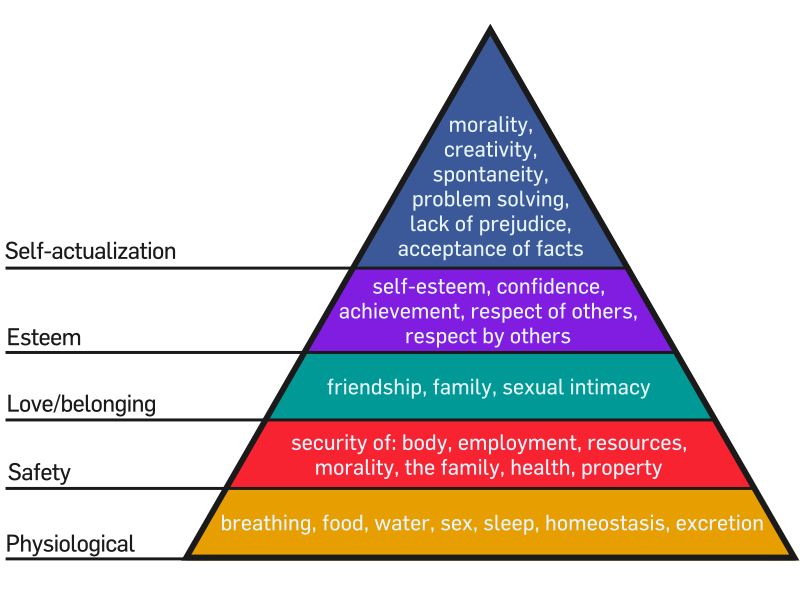Global Health and Global Health Ethics
Chapter 2: The State of Global Health in a Radically Unequal World: Patterns & Prospects
In this chapter, the book stands firm that economic growth is simply not enough to ensure global health.
They point toward an interesting categorization of disease:
1) diseases of marginalization and deprivation (ex: diarrhea, neglected tropical diseases, malaria, respiratory infections)
2) diseases of modernization and work (ex: heart disease, cancer, road traffic injuries)
3) disease of marginalization and modernization (ex: Diabetes, Chronic Obstructive Pulmonary Disease - or COPD, Tuberculosis, HIV/AIDS)
One article that was presented sparked my interest, in that it critiqued a common belief about global health.
Rethinking the 'Disease of Affluence' Paradigm: Global Patterns of Nutritional Risks in Relation to Economic Development
by Ezzati, Hoora, Lawes, Leach, James, Lopez, Rogers & Murray
2005
Low-income and middle-income countries increasingly face the double burden of infectious disease and cardiovascular risk factors.
At some point in Nursing School, we were taught that the "Western" world suffers over-nutrition (obesity) and the "developing world" suffers under-nutrition (malnutrition). I think cardiovascular disease (heart and blood vessel disease) was considered for both, but it was considered a more significant problem in the higher income countries, certainly showing a bit of a lack of forward thinking.
That said, the article starts with:
Cardiovascular diseases and their nutritional risk factors are among the leading causes of mortality and morbidity globally
It is predicted, that with an increasing aging population, the rates will only increase further.
According to the "Disease of Affluence" or "Western Disease" paradigm, the risk factors for cardiovascular disease (obesity, high blood pressure and cholesterol, tobacco use) increase with increased income.
The problem with this simplistic view is that, even in upper-middle-income and high income countries, one sees a higher concentration of risk factors for heart disease in the lower social economic groups. What then?
One must not lose sight of the fact that heart disease stems not only from what you can buy (income) but what you do or don't do (behaviour), where you live, work and play (environment), what your body is like (physiological) and probably more that they have yet to thoroughly investigate. And so this study tried to take those determinants of health and cross that with heart disease and income.
They found that BMI (body mass index, an indicator for obesity) increased rapidly, but flattened out and declined with increased national income. Cholesterol showed a similar but delayed response and there was little correlation for blood pressure.
How come?
Possible reasons for BMI increase include systematic changes in diet and physical activity due to increased access to private transportation, television, and manufactured/packaged foods as a result of technological change, urbanization, and organization of work.
It is important to consider that if globalization results in globally adopting a "western diet" then we're all increasing our saturated fat and sugar and not eating enough fibre, thus placing ourselves at risk for a multitude of diseases.
Now what?
Current intervention options for obesity in principle include those that reduce caloric intake (e.g., agriculture and food policy and pricing) and those that increase energy expenditure (e.g., urban design and transportation)
Economic growth is important, but if not guided carefully it will only broaden the gap between the privileged and the least privileged.
You can read the article at
PLoS Medicine here.
























































